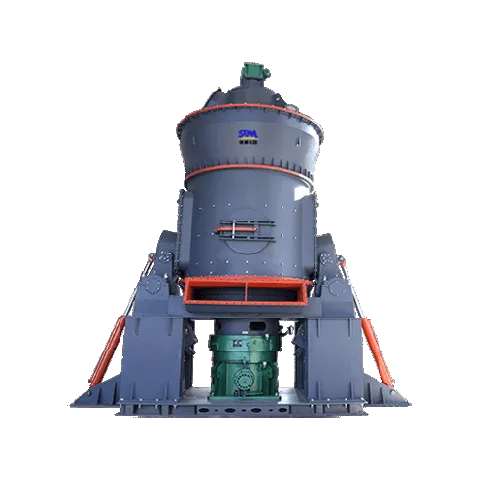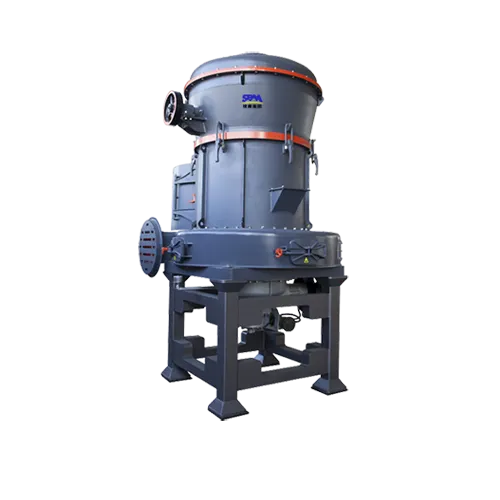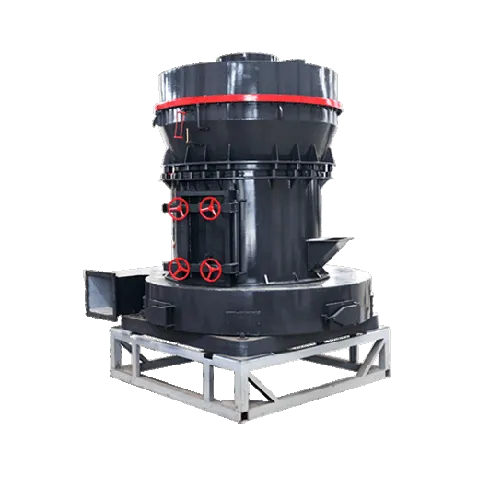
Vertical Roller Mill In Cement Industry
Vertical roller mills, especially those common for grinding of cement raw materials, typically employ a hydraulic-pneumatic system to apply a grinding force to the material bed. During operation, these systems will contain pressurized hydraulic fluid in an isolated branch of the circuit consisting principally of cylinders and accumulators. This trapped pressure, along with the cylinder and accumulators, creates a hydraulic "spring".
The hydraulic spring serves two purposes. First, it provides the grinding force to the rollers for the purpose of comminution. Second, it acts as a suspension system so the grinding rollers can accommodate changes in material depth and strength.

Vertical Roller Mill In Cement Plant
Cement is considered one of the most important building materials around the world. It is mainly used for the production of concrete. Vertical cement mills are widely used for the comminution of raw materials in the cement industry, for the comminution of clinker and blast furnace slag and for the production of pulverized coal for cement kilns, blast furnaces and power plants.
The Advantage Of The Vertical Roller Mill For Cement
- 1) Highly efficient grinding is possible with considerably low electrical power consumption.
- 2) The residence time of cement grinding in the vertical roller mill is short. Since system operational control response is superior, quality management on the cement product is easy.
- 3) Therefore the vertical roller mill for cement produces little heat for grinding, and quality trouble due to the excessive rise of temperature of cement is less likely to occur.
- 4) The installation area of the vertical roller mill is small grinding system.

Vertical Roller Mill For Cement Grinding
Typical vertical roller mill geometry has the rod side of the cylinder pressurized to create the grinding force. Various possibilities exist for the piston side. Some systems have non-pressurized oil which freely flows between the cylinder and tank. Other systems have means to evacuate this area, and operate with a partial vacuum. A third type, relevant to this invention, employs pressurized oil on the piston side. These counter-pressure hydraulic systems for vertical roller mills are well known in the cement industry. Pressurization of the piston side, at a much lower level than on the rod side, has been demonstrated to improve operational stability of vertical mills grinding cement raw materials.


